Top 10 Exciting Digital Transformation Trends to Follow in 2022
Table of Contents
-
1.Development of New Digital Business Models
-
2.Opting Data-Driven Business Management
-
3.Making Investment in Predictive Analytics
-
4.Solving the Personalization and Privacy
-
5.Funds Delegation to Cybersecurity
-
6.Hyper-Automation is On the Rise.
-
7.Enhanced CDP and CRM Platforms Adoption
-
8.A Move Towards Multi-Cloud Solutions
-
9.Use of Digital Workplace Solutions
-
10.Smart Employee and Customer Onboarding
After the COVID-19 pandemic, digital transformation has been on the must-to-do list of many companies, especially small and medium businesses, so, now, organizations are fast-forwarding their efforts toward digital transformation. This indicates that in 2022, every business owner should care about booming digital transformation trends.
So, what to look forward to?
Read on to find out!
The Booming Digital Transformation Trends for 2022
01. Development of New Digital Business Models
The transition to digital compelled many businesses to become more inventive in how they exchange products and services for money. Although there are numerous one-fits-all digital business models, the most successful path to digital transformation in 2022 is to develop a one-of-a-kind unique business model tailored to your specific business needs. Customers nowadays choose brands that can provide a smooth digital experience. To that aim, it's critical to comprehend how your expertise might be paired with online technologies to meet the requirements of your customers. You will not only be able to remain relevant and gain a competitive advantage in this manner, but it may also be possible to manufacture an entirely new and profitable commercial product or service.

2. Opting Data-Driven Business Management
Massive volumes of easily trackable and accessible data are generated by digital technologies, which, if handled appropriately, may give you significant business insight. Even businesses that are no strangers to digital transformation trends fail to fully utilise the data at their disposal.
This appears to be changing in 2022, as data specialists in all industries are in great demand. Companies are increasingly moving their decision-making processes toward data-driven business management and seeking strategies to foster a data-centric work culture.
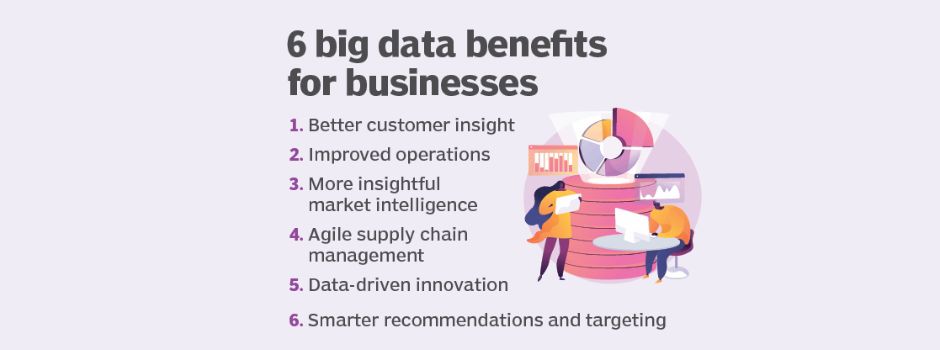
3. Making Investment in Predictive Analytics
Modern predictive analytics technologies enable organisations to generate solid predictions of the future by evaluating data from the past and present and connecting it with economic factors, the business environment, and customer behaviour patterns. They enable management to anticipate impending digital transformation trends, develop effective business strategies, and respond to market demands in a timely way.
As AI and machine learning, the technologies that allow predictive analytics, has advanced rapidly in recent years, so has the quality of the data provided by the tools. Furthermore, such programmes will soon become more accessible not just to large and medium-sized enterprises, but also to developing businesses.

4. Solving the Personalization and Privacy
Customers nowadays want a personalized experience, and businesses that give it are always one step ahead of the competition. However, this cannot be accomplished without gathering client data. But, consumers are concerned about their internet privacy and are hesitant to trust businesses with their personal information.
As a result, one of the most important digital transformation concerns is the so-called personalization and privacy contradiction. Solving it will be a major priority for businesses in 2022, and those who do will have a huge strategic edge over their competitors. While this may appear to be a daunting effort, the key is to develop adequate limitations for what information you truly require, to work in complete transparency, and to respect what the customer wants and does not want to disclose.
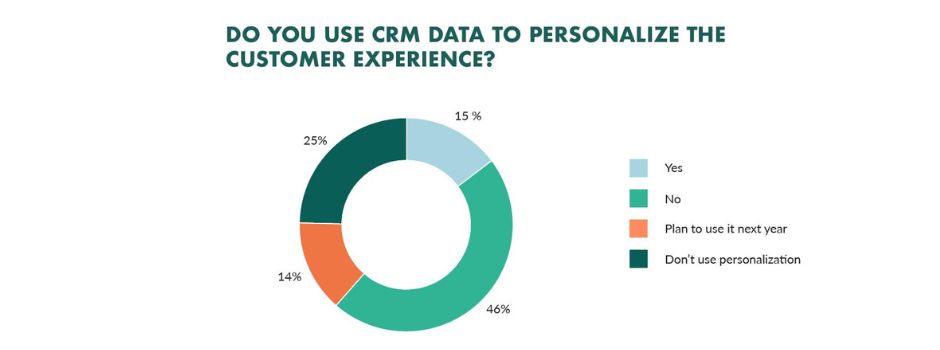
5. Funds Delegation to Cybersecurity
Another important digital transformation concern that businesses will confront in 2022 is cybersecurity. With big data comes great responsibility, therefore businesses must be able to safeguard their databases from breaches and attacks in order to maintain their brand reputation and consumer confidence.
To that end, they must not only allocate adequate funding to cybersecurity tools and technologies that safeguard and encrypt their data, but they must also educate their staff and consumers on good data management. Moreover, security failures are almost always unavoidable. Therefore, businesses must have a crisis strategy in place that allows them to handle challenging situations without jeopardising their integrity.

6. Hyper-Automation is On the Rise.
One of the most significant advantages of digital transformation is automation. It assists businesses in reducing staff effort, streamlining operations, and optimising performance and productivity. Since automation technologies are not new to the digital world, the next natural step in their evolution is hyper-automation, which is one of the rising stars in 2022 digital transformation trends.
To assess and manage business processes, hyper-automation technology employs artificial intelligence, machine learning, and robotic process automation (RPA). To give insight into optimization and improvement potential, the hyper-automation tools work with both organised and unstructured data. Additionally, hyper-automation algorithms can evaluate vast volumes of data that a person just cannot process. As an outcome, they may give detailed observations and associations between background processes that the company would not be able to detect otherwise. These can assist businesses in making data-driven decisions to the next level, and understanding business processes better to improve.
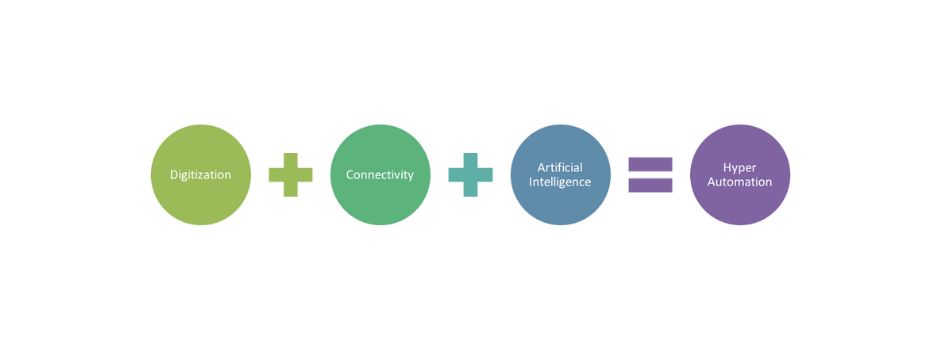
7. Enhanced CDP and CRM Platforms Adoption
Customers have higher expectations for digital experiences and brand offerings than ever before. People expect a consistent experience when engaging with businesses online, and they want to feel appreciated by the company. The contrary may result in dissatisfaction and disappointment, and the client may leave. Therefore, businesses should use customer data platforms (CDP) and customer relationship management (CRM) solutions in 2022 to keep in touch with customers and give them an exceptional customer experience.
Customer data platforms give companies insights into their customers’ behaviour and how they utilise their products and services. Using this information, the company may optimise customer onboarding, identify product faults, and decrease customer churn. CRM tools, on the other hand, collect data about the customer’s profile and interactions with the enterprise during their lifespan. Cross-referencing the data from the two platforms enables businesses to gain a deeper understanding of their customers and enhance the quality of their products, services, and customer satisfaction.
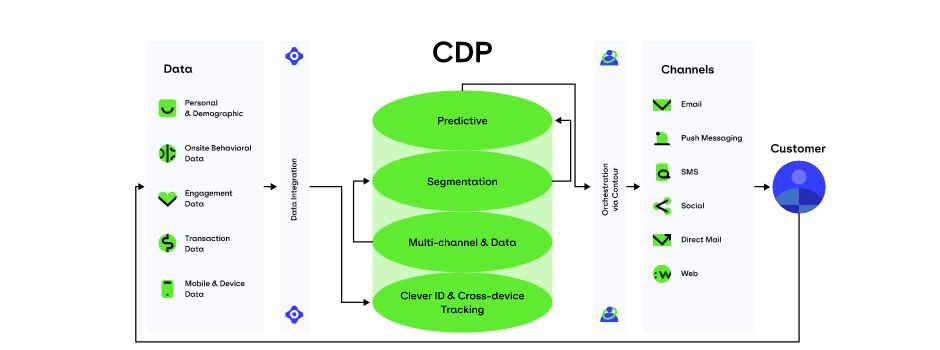
8. A Move Towards Multi-Cloud Solutions
Cloud computing enables businesses and their clients to access their work through the internet, reducing the need for on-site infrastructure and maintenance. Businesses now have more freedom, increased collaboration capabilities, and new development prospects, and have contributed to their faster digital transformation.
Many companies are migrating to multi-cloud solutions in 2022. This means that instead of relying on a single cloud service provider, companies will make use of several public clouds. They can also rely on hybrid-cloud systems that contain private, on-site, and public clouds. They can leverage multiple providers for data backup or for the various services they provide. In any instance, the advantages of this arrangement include improved data security, simpler transfers from one provider to the other, and a more competitive market.
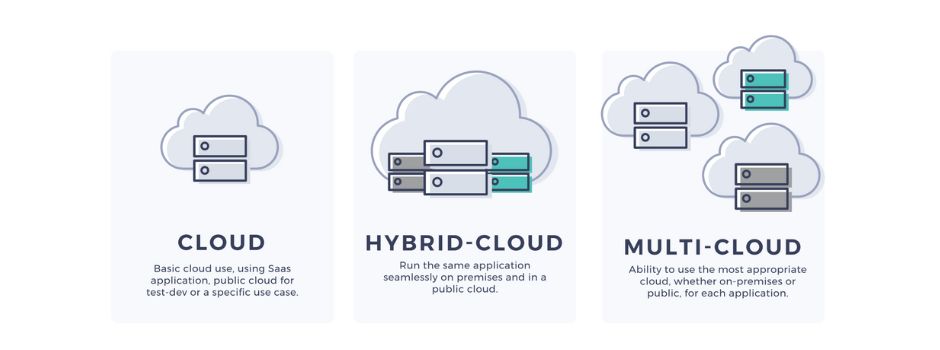
9. Use of Digital Workplace Solutions
In 2022, the hybrid working model will be the new normal. Employees might divide their working days between working from home and working in the office. The hybrid model can include a wholly remote experience, frequent office visits, and everything in between, depending on the company’s policies and the employee’s preferences. The pandemic has pushed people all across the world to put this technique to the test, and the findings suggest that it not only doesn’t harm productivity but may really increase it.
Companies are implementing digital workplace solutions to accommodate this sort of working arrangement, which allows both management and workers to have their day-to-day activities structured and available, to keep track of operations, and stay in touch regardless of their location. These types of digital workplace solutions include Business process management tools, project management solutions, communication tools, workflow, time tracking, reporting, and other tools.
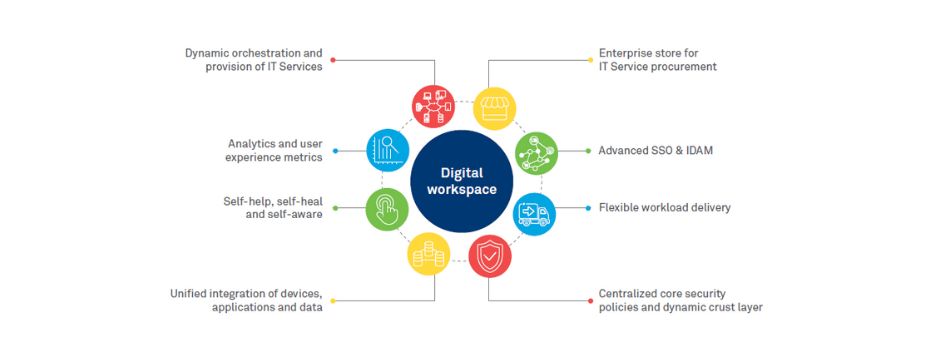
10. Smart Employee and Customer Onboarding
Companies must invest time and money to onboard the people who will adopt new digital technology in order to benefit from it. These might be either workers of the company or clients, depending on the type of programme.
Rushing through onboarding can lead to low success rates, financial losses, productivity concerns, and overall time waste. By simplifying and automating the digital transformation process, companies can guarantee that they harness the full potential of the new digital technology they are investing in.

Conclusion
The digital transformation of business is an ever-evolving process. Therefore, businesses must keep up with the current trends and emerging technologies to stay ahead of their competitors.
Some of the digital transformation trends listed in this article are not entirely unknown and have been evolving steadily over the past few years, and are expected to reach their peak around 2022. Other trends are just getting started and promise exciting opportunities. However, we are merely scraping the surface here and the coming years will be full of exciting surprises and new innovations.
Which digital transformation trends look promising? Let me know in the comments!

